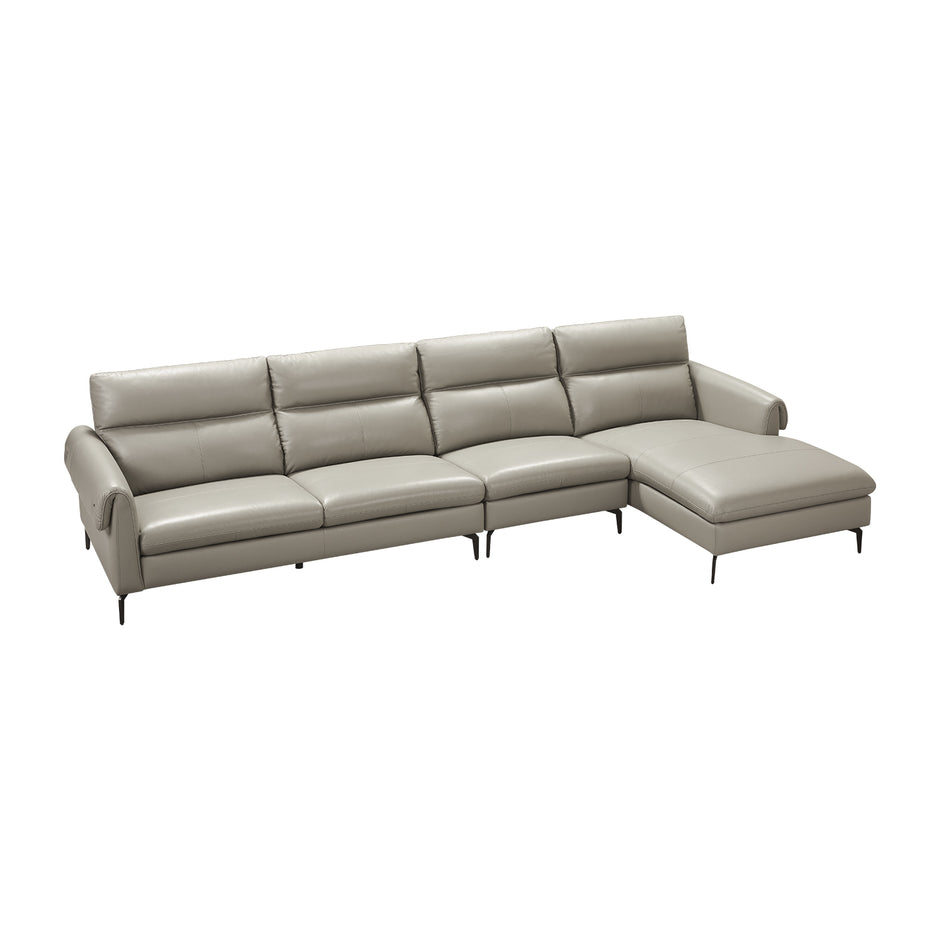Mid-century modern sofas have become a staple in contemporary interior design, admired for their sleek lines, functional form, and timeless appeal. But what exactly defines a mid-century modern sofa, and why do they continue to captivate homeowners and designers alike?

History of Mid-Century Modern Sofas
The mid-century modern movement emerged in the mid-20th century, roughly between the 1940s and 1960s. This period was marked by a shift towards simplicity and functionality in furniture design. Influenced by the Bauhaus and Scandinavian design principles, mid-century modern sofas were created to be both aesthetically pleasing and practical.
"The essence of mid-century modern design lies in its simplicity, clean lines, and organic forms."
Designers like Charles and Ray Eames, Florence Knoll, and George Nelson were pioneers of this movement. Their work emphasised the use of new materials and technologies, resulting in furniture that was innovative and accessible to the masses.
Design Characteristics of Mid-Century Modern Sofas
What sets mid-century modern sofas apart from other styles? Several key characteristics define these iconic pieces:
- Clean Lines: Mid-century modern sofas often feature straight, clean lines with minimal ornamentation.
- Organic Shapes: Despite their simplicity, these sofas incorporate organic shapes that add a touch of softness and comfort.
- Functional Form: The design prioritises functionality, ensuring that the sofas are not only beautiful but also comfortable and practical.
- Innovative Materials: Designers experimented with new materials such as plywood, metal, and plastic, which were used in innovative ways.
Current Trends in Mid-Century Modern Sofas
Today, mid-century modern sofas continue to be a popular choice for homeowners and interior designers. But what are the current trends in this timeless style?
One notable trend is the use of bold colours and patterns. While traditional mid-century modern sofas often featured neutral tones, contemporary versions are embracing vibrant hues and playful patterns. This adds a modern twist to the classic design.
Another trend is the incorporation of sustainable materials. As environmental consciousness grows, many manufacturers are opting for eco-friendly materials and production methods. This not only aligns with the functional ethos of mid-century modern design but also appeals to the modern consumer's values.
Choosing the Perfect Mid-Century Modern Sofa
When selecting a mid-century modern sofa, consider the following tips:
- Assess Your Space: Measure your room to ensure the sofa fits comfortably without overwhelming the space.
- Consider Comfort: While aesthetics are important, comfort should not be compromised. Look for sofas with supportive cushions and ergonomic designs.
- Match Your Decor: Choose a sofa that complements your existing decor. Whether you prefer a classic neutral or a bold statement piece, ensure it harmonises with your overall design scheme.
For example, the Eames Sofa is a perfect blend of style and comfort, featuring clean lines and high-quality materials. You can view more details and purchase it here.

Conclusion
Mid-century modern sofas have stood the test of time, remaining a beloved choice for their simplicity, functionality, and elegance. Whether you're a seasoned design enthusiast or a homeowner looking to refresh your space, a mid-century modern sofa can add a touch of timeless sophistication to any room.
For more insights into mid-century modern design, watch this video that delves into the history and evolution of this iconic style.




